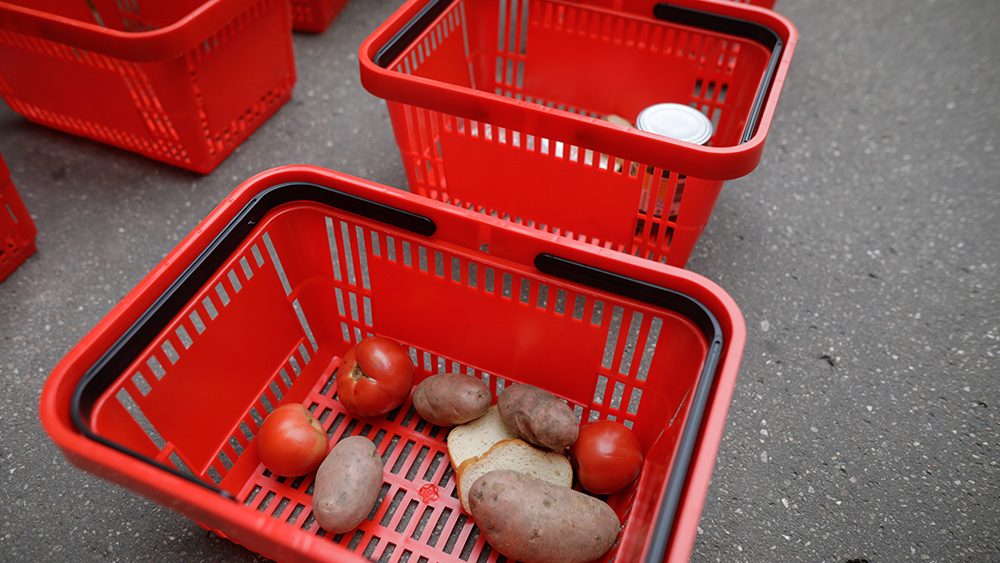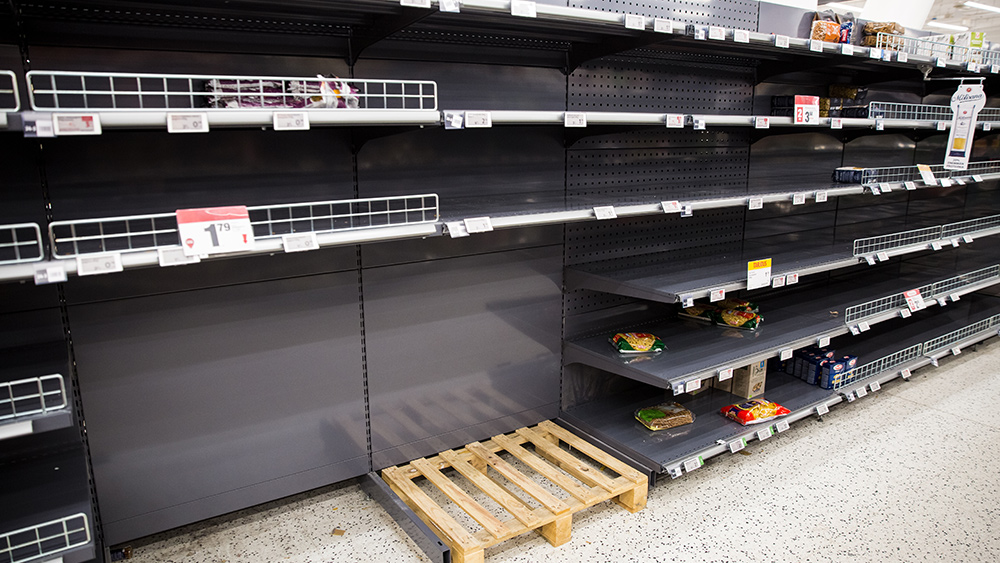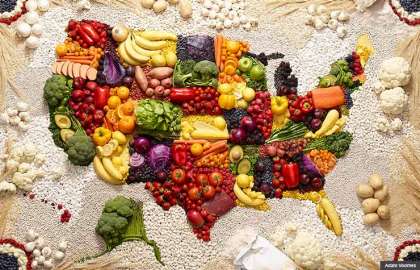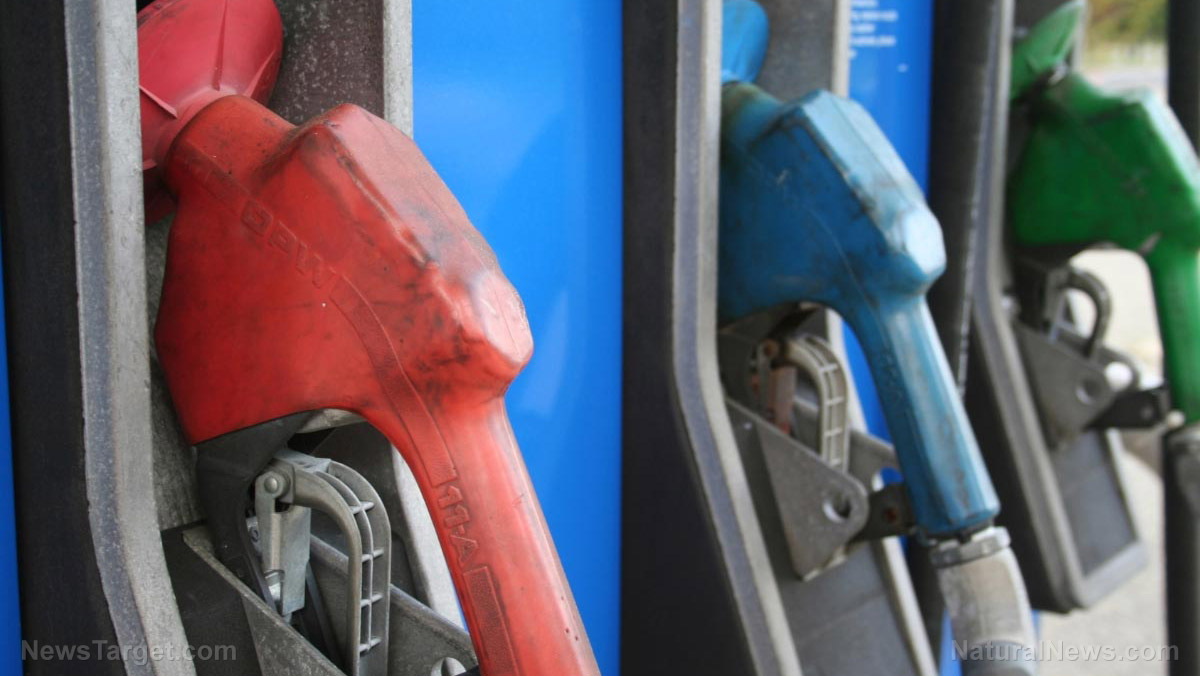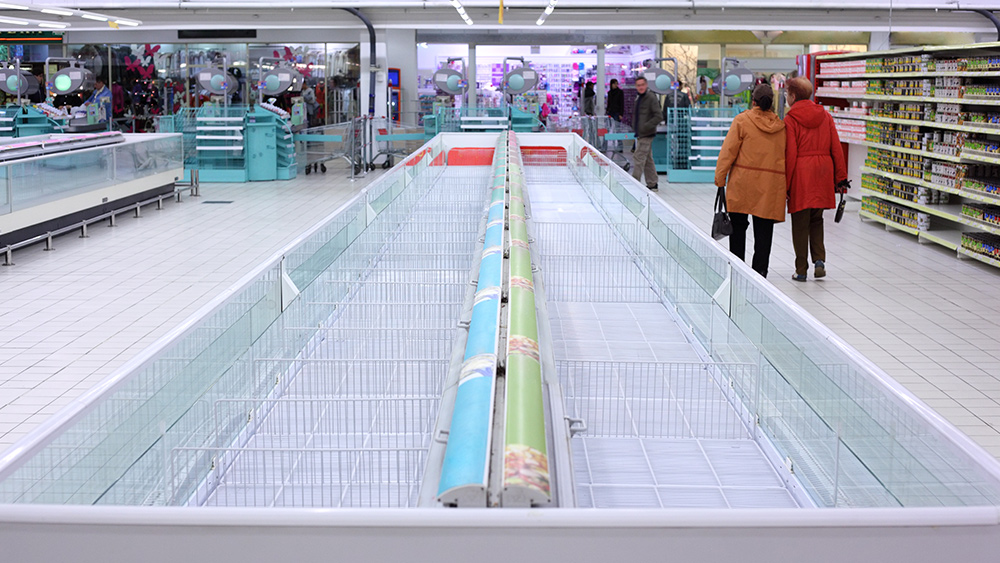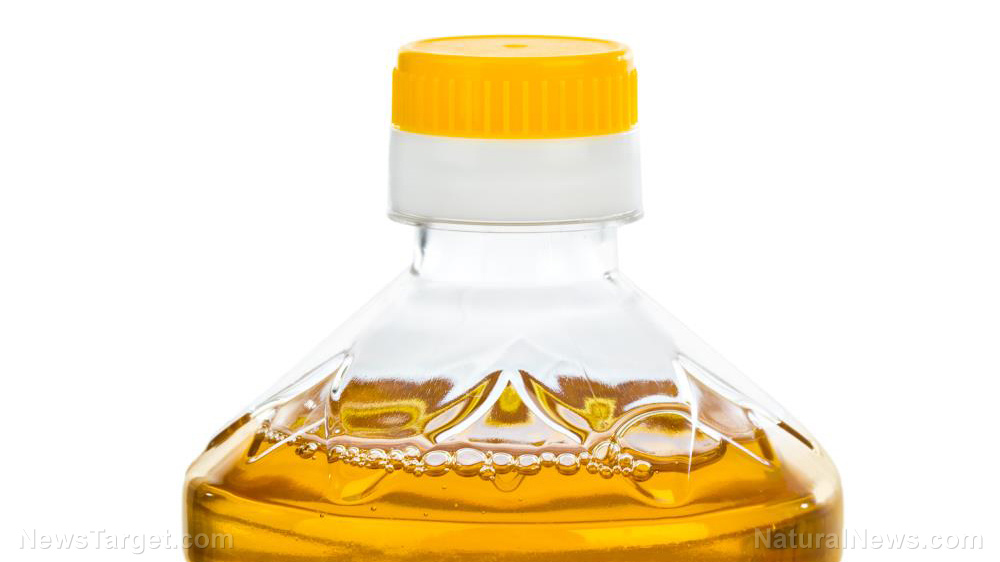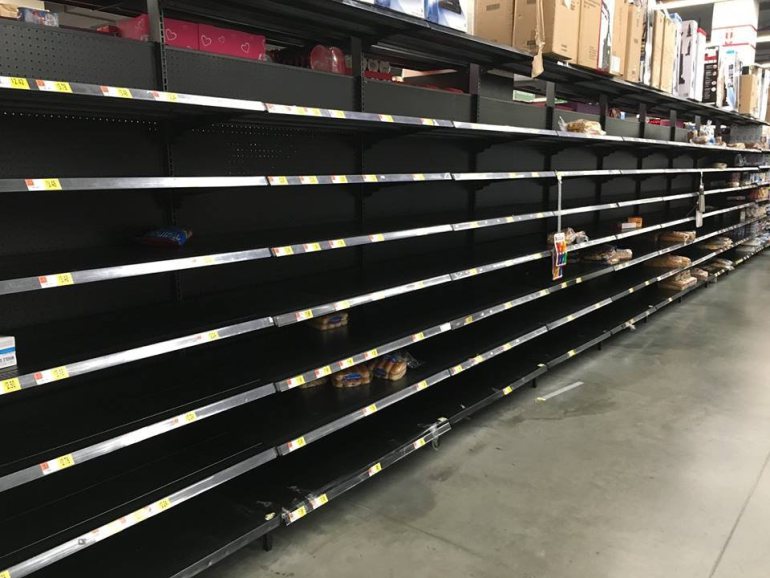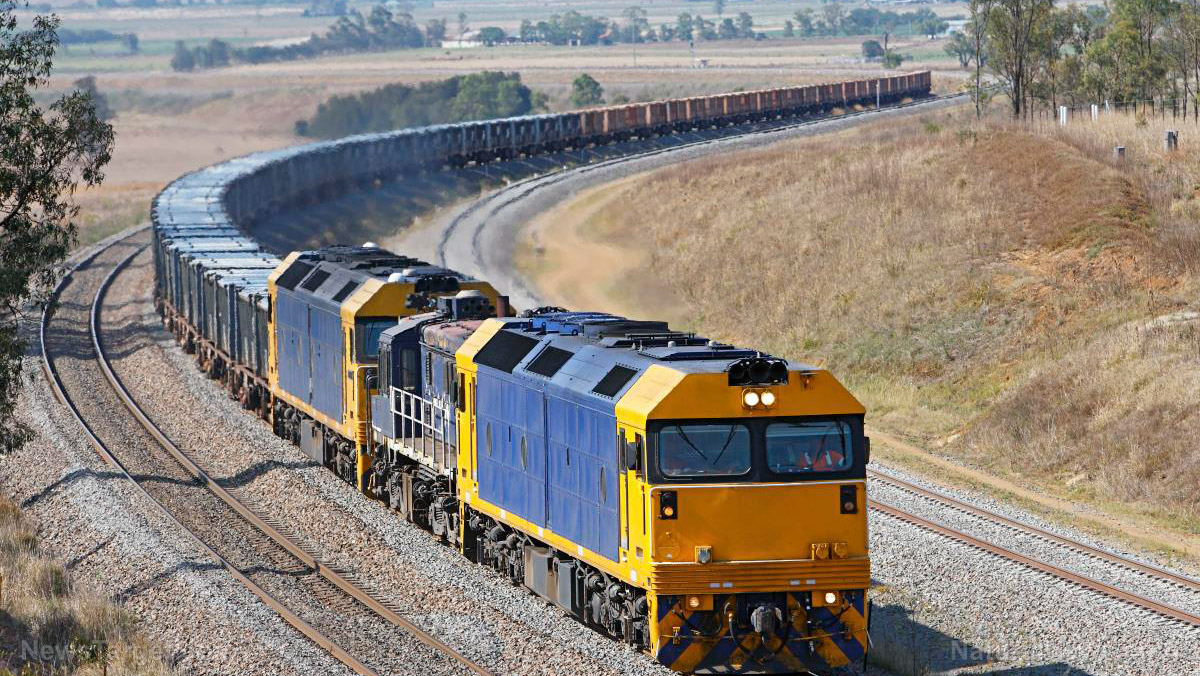12 Signs that food shortages are already here
01/20/2022 / By Arsenio Toledo
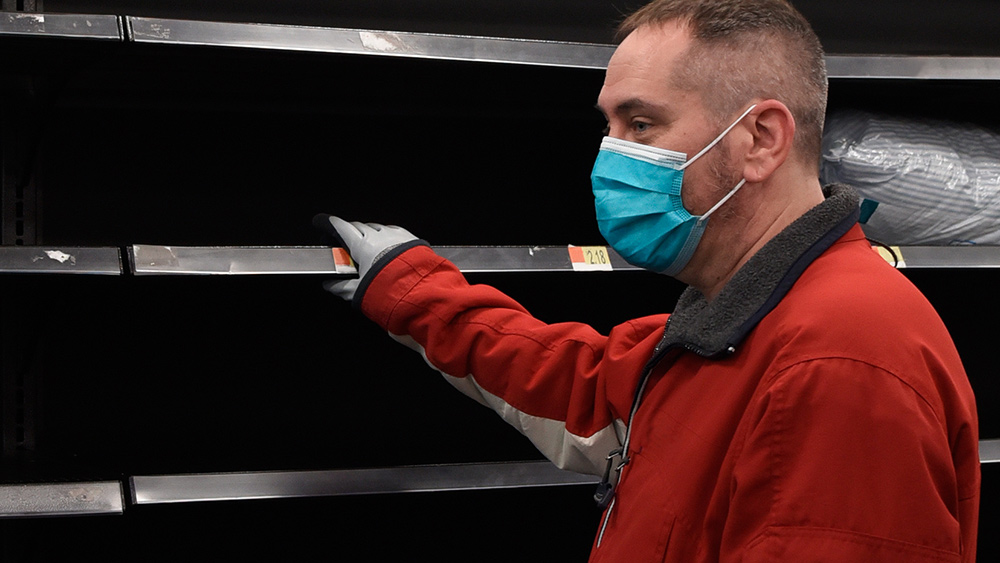
America’s supply chains are already extremely fragile. Port congestions, labor shortages, rampant inflation and pandemic-related economic restrictions are all significantly increasing the likelihood of rampant food shortages in the near future. Here are the 12 signs that food shortages are already here.
Shortage of potatoes and other potato-based products
The world is already experiencing a shortage of potatoes. Late last year, American freight forwarder Flexport Inc. announced that it will fly three Boeing 747s loaded with potatoes to Japan to help deal with the country’s shortage. Japan’s lack of potatoes has gotten so bad that McDonald’s was forced to ration how much french fries it could sell.
More shelves are being stocked with turkey
Turkey is considered to be “the last line of protein” that shoppers will turn to when they have no other option for their main meat. This is a sign that all of the other usual meat products, like chicken, beef and pork, are running low.
Significant increase in the price of citrus products
The price of basically every food product in supermarkets has increased. Citrus products are not unique in this regard, as citrus disease and freak weather patterns have strained America’s supply of oranges and other citrus-based products. The Department of Agriculture expects American orange farmers to produce their smallest crop since World War II.
Shortage of food products that rely on flavorings
Instant food products that use small flavoring packets, such as instant noodles and ramen, rely on very complex supply chains.
“Huge amount of supply chain just in those little tiny packs to get the perfect flavor,” commented food shortage preparedness expert David DuByne. “Those things are missing as well, so you’re gonna see they’re not going to send out something that doesn’t taste the same because they’re going to lose their consumer base. So, they’d rather not sell it than put out a different tasting product and turn everybody off.”
Shortage of non-seasonal food products
It is a given that supermarkets might not have certain products fully stocked all the time because they are seasonal. But when groceries start running low on non-seasonal food products like apples and bananas, it is a clear sign that the supply chains are strained and may soon collapse.
Relatively no difference in the price of organic food items
Regular produce usually costs significantly less than food products labeled “organic.” It is a terrible sign for America’s food systems when the price of regular food products has inflated so much that its cost becomes comparable to that of organic food items.
Unusual country of origin for fresh food products
The countries the United States relies on for food imports are fairly dependable – countries such as Canada, France, Italy and the United Kingdom provide regular imports of thousands of tons of food to America every year.
According to DuByne, when food products start getting sourced from other countries, it is a sign that many of the countries America regularly sources food from are having problems with their food systems. (Related: Huge number of food shortages predicted for 2022 by a variety of experts.)
Shortage of grain derivative products
Food products based on wheat and grain are some of the most widely consumed foods in the world. If the world’s largest producers of these products report shortages, it is not a great sign for the world’s food systems.
This is the case for pasta makers, who are already reporting that the recent harvest of durum wheat is not enough to meet global demand.
Fewer products from big brands
Only a handful of megacompanies own and manufacture almost every single food product that makes it to supermarket shelves. When these massive megacompanies start running out of products to sell, it means that they are also facing difficulties sourcing food.
Shortage of pet foods
The ongoing supply chain crisis is also affecting the processed foods people buy for their pets. Supermarkets are increasingly unable to find substitutes for the regular pet food products on their shelves. Many pet owners have already reported experiencing difficulty buying food for their beloved cats and dogs.
Shortage of complex blended products that rely on a lot of ingredients
Supermarkets are home to a variety of products that require a lot of ingredients, such as soups. These products require complex supply chains. If the supply chains break down, these products will be some of the first to disappear from supermarket shelves because of the many ingredients required to make them.
Shortage of milk and milk-derived products
The dairy industry provides the world with a whole host of different products like milk and cheese. Many other food industries rely on dairy products, like ice cream and baby formula. A shortage of dairy products will have a domino effect on these industries, resulting in shortages all across the board.
The best thing people can do when they see the signs of a looming massive food crisis is to prepare. This can involve, among other things, stockpiling, learning how to produce food, and relying on local food sources.
Watch this episode of “Adapt 2030” with David DuByne as he talks in detail about the signs of the coming food shortages.
This video can be found in the ADAPT 2030 | Solar Minimum channel on Brighteon.com.
Read more stories about food shortages at FoodCollapse.news.
Sources include:
Submit a correction >>
Tagged Under:
Brighteon, Collapse, food collapse, food production, food scarcity, food shortage, food supply, grocery, harvest, Inflation, products, raw food, SHTF, starvation, supply chain crisis
This article may contain statements that reflect the opinion of the author
RECENT NEWS & ARTICLES
COPYRIGHT © 2017 STARVATION NEWS



